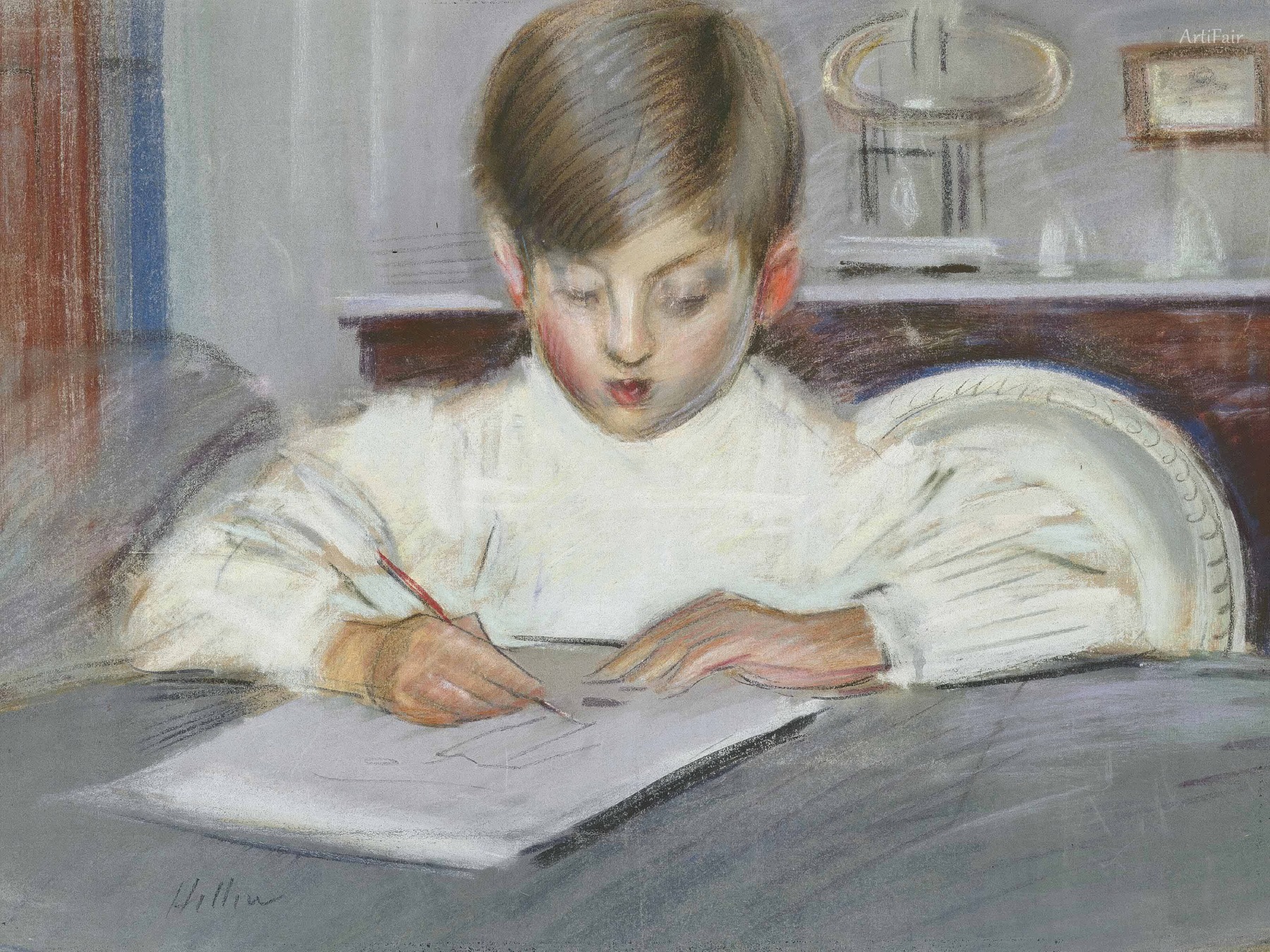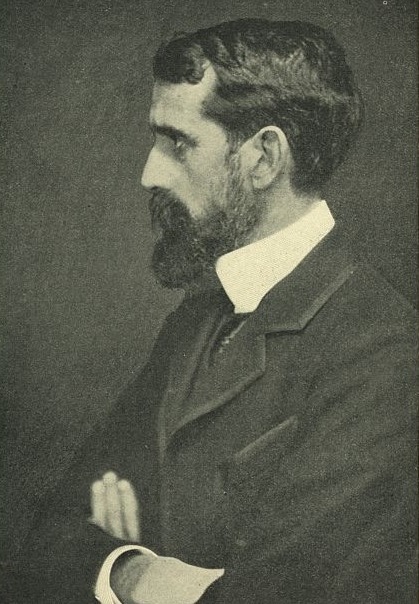

Paul César Helleu
FR
196
Artworks
1859 - 1927
Lifespan
Artist Biography
Paul César Helleu, born in Vannes, Brittany, on December 17, 1859, exhibited an early passion for art. Despite his mother's initial reservations following his father's death during Helleu's teenage years, he pursued his calling, moving to Paris to study at Lycée Chaptal. In 1876, at the tender age of 16, Helleu gained admission to the prestigious École des Beaux-Arts, where he received academic training under the tutelage of Jean-Léon Gérôme. This period was also marked by his formative encounter with the burgeoning Impressionist movement at their Second Exhibition. Here, he first met influential figures like John Singer Sargent, James McNeill Whistler, and Claude Monet, whose modern techniques and outdoor scenes profoundly impacted him. To support himself after graduation, Helleu worked for Théodore Deck Ceramique Française, hand-painting decorative plates. It was during this time that he also met Giovanni Boldini, a portraitist whose bravura style would significantly influence Helleu's own artistic trajectory.
A pivotal moment in Helleu's early career was the forging of a lifelong friendship with John Singer Sargent, who was four years his senior. When Helleu, discouraged by a lack of sales, considered abandoning art, Sargent's generous purchase of one of his pastels provided crucial validation and financial support. In 1884, Helleu was commissioned to paint Alice Guérin, who would become his beloved wife in 1886. Alice was not only his favorite model throughout his life but also instrumental in introducing him to Parisian aristocratic circles. A trip to London in 1885, accompanied by Jacques-Émile Blanche, led to a reunion with Whistler and an introduction to James Jacques Tissot. This encounter was a revelation, as Tissot introduced Helleu to the art of drypoint etching. Helleu rapidly mastered this technique, using a diamond point stylus to draw directly onto copper plates with the same dynamism and sophistication he displayed in his pastels. His prints, offering the allure of multiple copies for sitters, gained immense popularity.
By 1886, Helleu's circle of influential friends expanded to include the poet and aesthete Robert de Montesquiou, who became an avid collector of his drypoints and later authored Helleu's definitive biography in 1913. Montesquiou facilitated Helleu's entry into Parisian literary salons, where he befriended Marcel Proust, who immortalized Helleu as the character Elstir in "In Search of Lost Time." Helleu's reputation soared primarily through his elegant portraits of society women, including Countess Greffulhe and the Duchess of Marlborough, capturing the epitome of Belle Époque sophistication and feminine grace. While renowned for these portraits in oil, pastel, and particularly drypoint, Helleu's artistic interests broadened. From 1893, he explored themes of cathedrals, stained glass windows, flower studies, and serene landscapes of Versailles. An avid sailor, he also produced spirited works depicting yachts, harbor scenes, and fashionable seaside life in Deauville, all characterized by his refined lines and vibrant capture of character.
The turn of the century marked the zenith of Helleu's career. In 1904, he was awarded the prestigious Légion d'honneur, solidifying his status as one of the most celebrated artists of the Edwardian era in both Paris and London. His acclaim was further recognized through honorary memberships in influential art societies such as the International Society of Painters, Sculptors, and Engravers, presided over by Auguste Rodin, and the Société Nationale des Beaux-Arts. Helleu's international fame led to significant commissions abroad. During his second visit to the United States in 1912, he was tasked with designing the magnificent ceiling mural for New York City's Grand Central Terminal. Collaborating with architect Whitney Warren, Helleu conceived a breathtaking celestial vision: a blue-green night sky adorned with the starry constellations of the zodiac and the Milky Way, a design that, though later covered, was meticulously restored in 1998, preserving his American legacy.
Helleu’s final trip to New York in 1920 for an exhibition coincided with a growing sense that the vibrant Belle Époque era had drawn to a close. Feeling increasingly out of step with the changing times, he returned to France, destroyed many of his copper plates, and largely retired to family life. Among his lasting friendships was one with Coco Chanel, whom he famously advised to adopt beige—the color of the Biarritz sand at dawn—as her signature hue. Helleu's artistic lineage continued through his son, Jean Helleu, and grandson, Jacques Helleu, who both served as artistic directors for Parfums Chanel. Paul César Helleu passed away in Paris on March 23, 1927, at the age of 67, due to peritonitis following surgery. He left behind a rich legacy as a master chronicler of feminine grace and the refined elegance of his time, an artist whose work remains synonymous with the dazzling spirit of the Belle Époque.